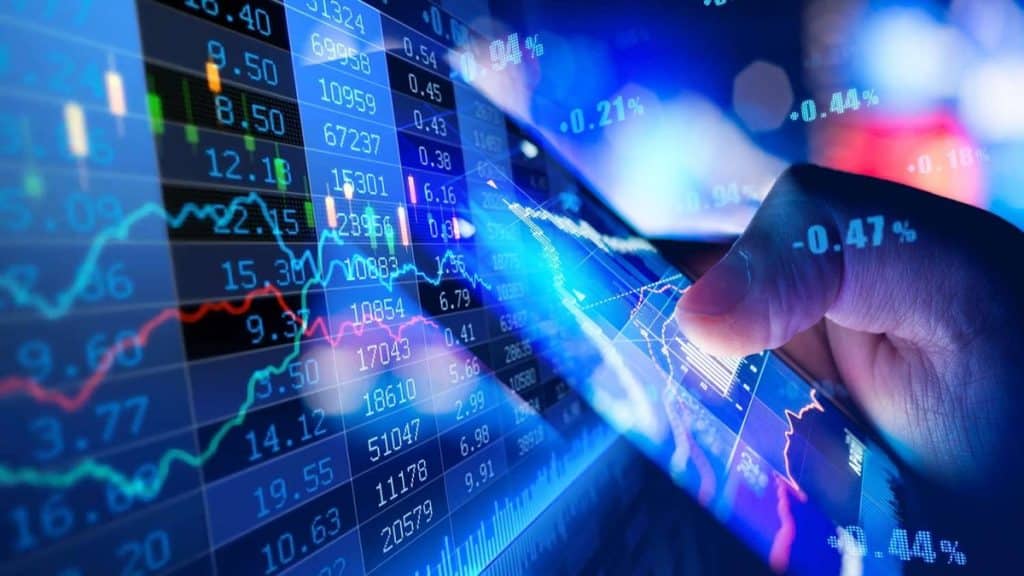Since their introduction in the late 1980s, dark pools have subtly changed the trading environment. Large investors can make significant trades in these secret locations without disclosing their strategies to the general public. Have you ever wondered how titans in the financial industry move mountains without creating a stir? This investigation delves into the beginnings and development of dark pools, revealing the factors that contributed to their ascent and influence on the modern financial landscape. Curious about the origins of dark pools? Visit finance-phantom.org/ to explore more.
The Origin of Dark Pools: Developing Covert Trading Locations
Early Trading Settings and the Need for Privacy
Before the existence of dark pools, stock trading was open and honest. On public exchanges, every buy and sell order was accessible, making it simple for anybody to follow significant transactions. It’s challenging to maneuver a massive ship through a little canal without anyone noticing.
Because disclosing their intentions could cause prices to rise or fall, which would be counterproductive to their objectives, large investors considered this transparency worrisome. The idea of developing secret trading venues, where large trades might take place without instant public inspection, was spurred by this requirement for discretion.
Anonymity was demanded to minimize market influence and keep initiatives confidential. Investors might execute large orders more quickly and with less price disruption if trades were hidden until they were finished.
The Origins of Dark Pools: Trailblazing Sites and Early Incentives
To allow institutional investors to trade big blocks of shares off of public sight, dark pools were initially established in the late 1980s. Big financial organizations created these platforms to give their customers a means to trade without giving up market secrets. Consider dark pools the private and privileged equivalent of stock trading’s VIP clubs.
The original driving force was apparent: provide a secure environment for significant transactions that wouldn’t impact the market value of the shares. Dark pools changed over time, adding increasingly advanced technology and drawing a broader spectrum of users. By providing an alternative to the busy public exchanges and meeting the specific requirements of institutional investors, their establishment signaled a dramatic change in how large-scale trading was carried out.
Regulatory Initiators: Handling the Legal Environment
Important Regulatory Turning Points Affecting the Development of Dark Pools
Regulation has always significantly shaped financial markets, and dark pools are no different. Regulators started to take a closer look at these private trading platforms in the early 2000s. Implementing laws intended to improve market fairness and transparency unintentionally encouraged the expansion of dark pools.
Think of rules as the barriers and traffic signals for dark pools, directing and limiting their progress. Important turning points include adopting the Volcker Rule, which impacted banks’ proprietary trading practices, and creating the Financial Industry Regulatory Authority’s (FINRA) standards. These rules attempted to balance the advantages of dark pools and the requirement to keep markets transparent and orderly.
The effects of laws like the Securities Exchange Act and MiFID
With an emphasis on openness and equity, the Securities Exchange Act of 1934 established the foundation for contemporary securities regulation in the US. Regulators realized these new trading platforms needed to be updated as dark pools appeared. Comparably, the 2007 introduction of the European Markets in Financial Instruments Directive (MiFID) sought to enhance investor protection and promote competition among EU member states.
MiFID and other regulations ensure that everyone plays like the rules of a game. These regulations affected dark pools by enforcing more stringent oversight and reporting procedures. These rules were designed to improve market integrity, but they also gave dark pools a safer operating environment, which helped them become more integrated into the more extensive financial system.
Technological Developments: Driving the Covered Transactions
Technology’s Contribution to Dark Pool Operations
Thanks to technology, dark pools have evolved from straightforward private trade forums to extremely complex platforms. The infrastructure required for dark pools to operate effectively was made available with the emergence of computerized trading platforms in the 1990s.
Think of dark pools as swift, unseen trains traveling on invisible rails. Because of sophisticated algorithms and automated trading systems, these venues can smoothly match buy and sell orders without disclosing them to the public market. This technological ability precisely meets the needs of institutional investors by ensuring that large orders may be fulfilled with little delay and little impact on the market.
Technological Advancements That Made Dark Pools a Reality
Thanks to several significant breakthroughs, dark pools are now widely used in financial trading. High-frequency trading (HFT) algorithms allow dark pools to process massive transactions quickly and precisely. Furthermore, dark pools are now safer thanks to advancements in cybersecurity, which shield private trading data from possible intrusions.
Consider these developments as the motors and gears that keep dark pools operating efficiently in the background. Dark pools can improve liquidity management and trading strategy optimization by incorporating big data analytics. In addition to increasing dark pools’ dependability and effectiveness, these technological developments have increased their attractiveness to a broader spectrum of investors looking for covert trading choices.
Conclusion
Dark pools have become essential components of contemporary trade from their modest origins. They provide a covert substitute for significant transactions, balancing market demands and confidentiality. Will the gloomy realm of dark pools remain? Dark pools will surely continue to impact the financial markets as laws and technology advance, influencing trading in ways that we are only now starting to comprehend.
